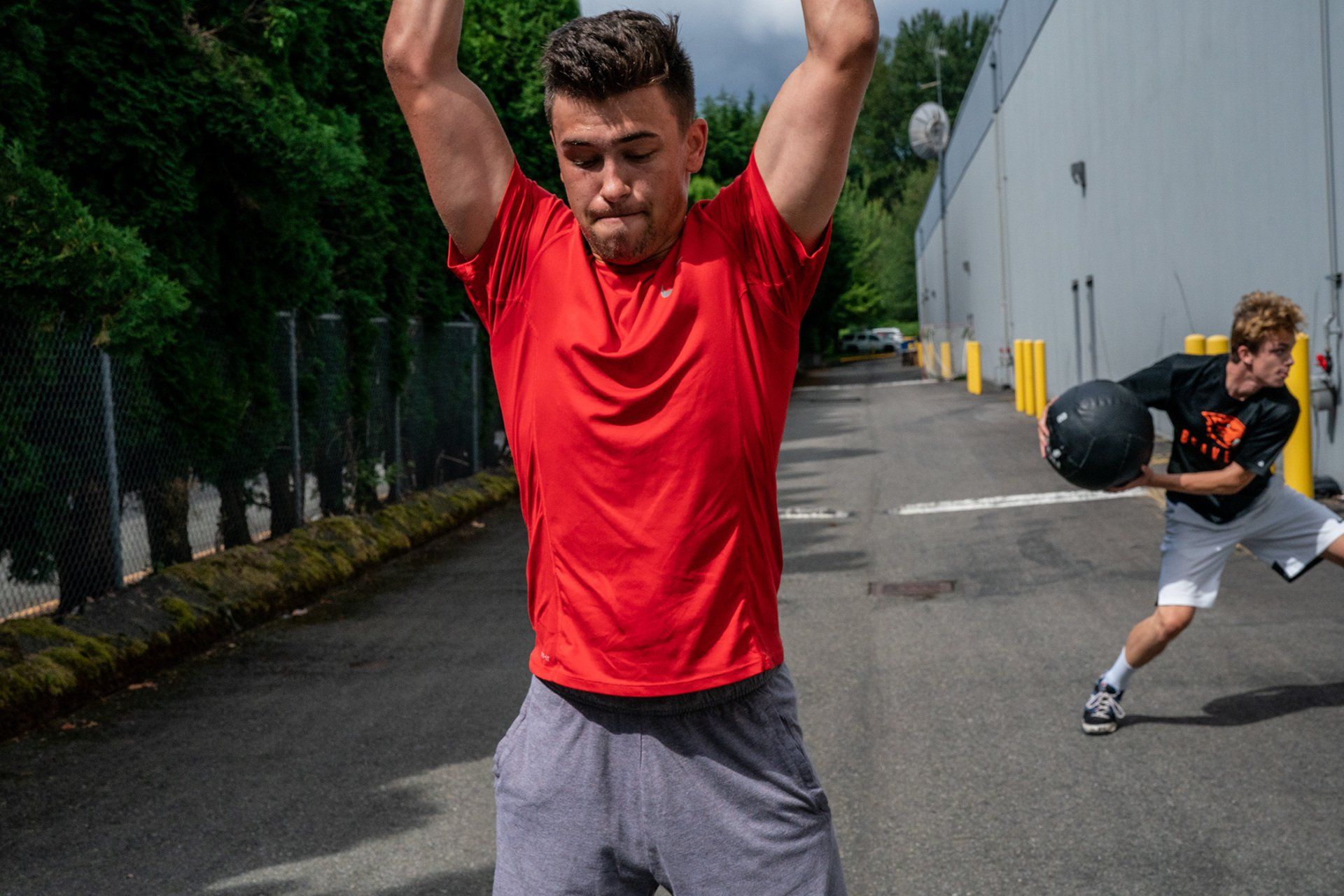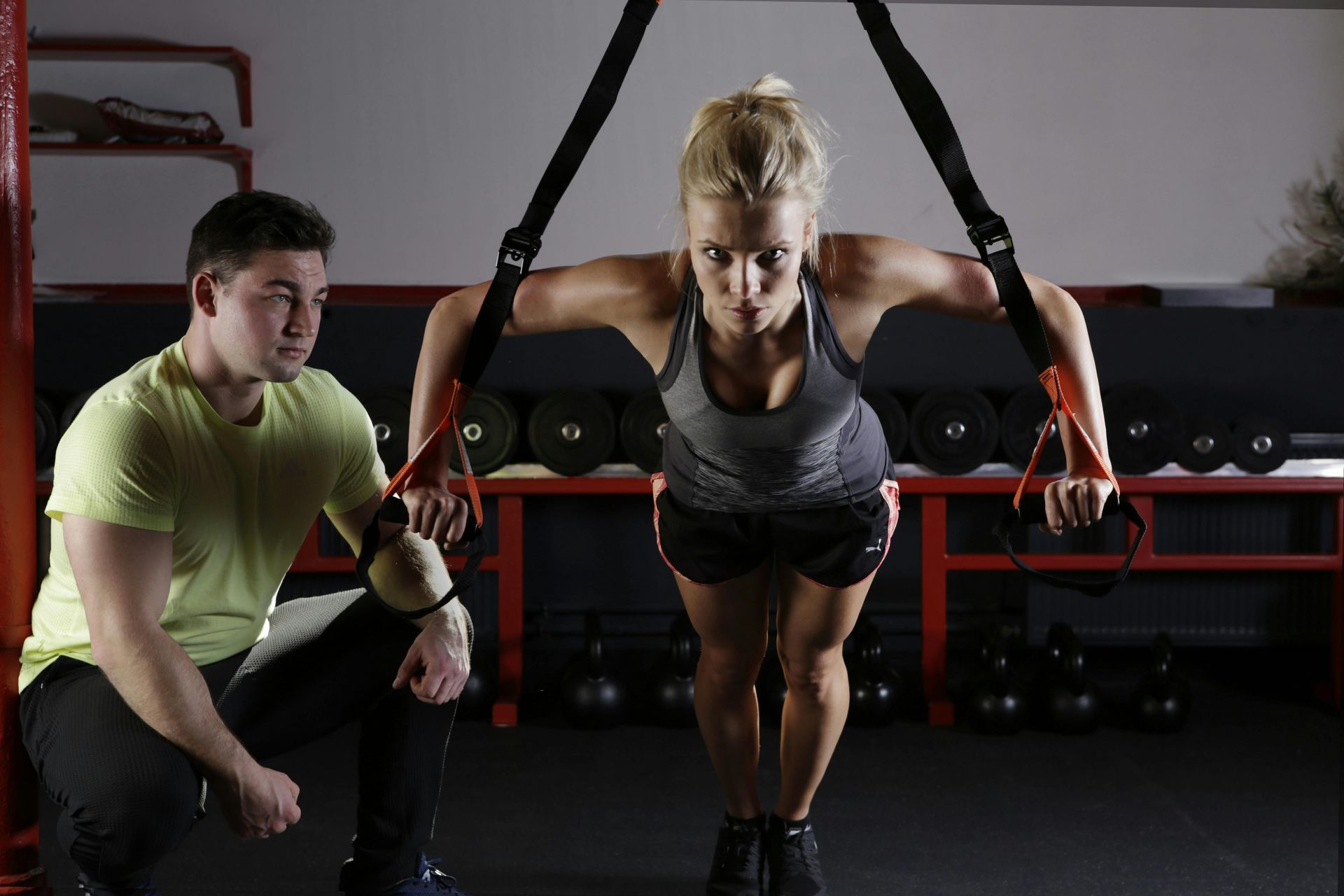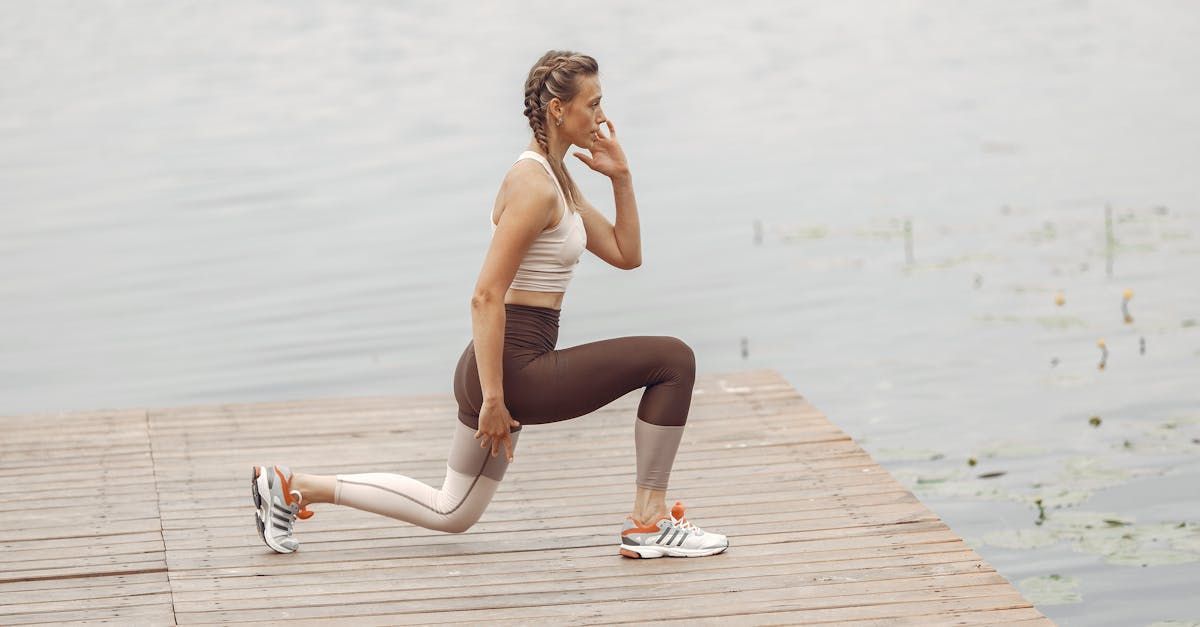Three Phases of a Sprint
Things to look for to get faster at each phase
You’ve heard it in sports before… “Speed Kills” Because it’s true, the fastest athlete will usually are the ones making plays while slower athletes are sitting on the bench.
So let’s break down the phases of the sprint and the mechanics involved to take you to the next level.
Acceleration
This is the most important portion of a sprint. This portion of speed will separate the boys from the men and the women from the girls. First step acceleration is what allows the athlete to create space from their opponent.
And let's face it… if you can’t create space or close space in sports you will not make a difference in the game. There is a split second difference between making the play and not. Whether it’s getting to first base before getting tagged, creating separation to rip a shot, or getting a first down. Separation and space come from first step acceleration.
The acceleration phase is categorized as the first portion of any sprint. It’s the first 10 yards of a 40 yard dash, the few yards coming off a cut, or the first steps once a running back is handed the ball.
The phase is categorized into three distinct parts: a positive shin angle, powerful strides and punching with the hands.
What I always tell our athletes is the acceleration portion of a sprint is just like walking or running up a hill. If you are taking small steps you will get nowhere. If you aren’t leaning forward with your knees and shoulders above your toes (positive shin angle) you will get nowhere. A positive shin angle is nothing more than leaning forward towards your target with your shins roughly at a 45 degree angle.
It’s physics, by getting in a positive shin angle you will be able to stab the ground, and propel yourself forward, faster.
This is the best angle to produce force into the ground and be one of the fastest players on your team.
Acceleration Phase:
-
Positive Shin Angle (Keep knees and shoulders over toes)
-
Big Powerful Steps
-
Use your hands to throw uppercuts. This will help you maintain the accelerative position.
Transition Phase
The transition phase is when the athlete is transitioning from the accelerative angle to a more upright stance for top speed. It is one of the shortest phases of a sprint, typically seen between yards 10-17 in a 40 yard dash.
We are transitioning from stabbing into the ground with our feet into standing straight up.
The biggest thing we see with our athletes is they hit this phase of a sprint to soon. The longer you stay in the acceleration phase the better.
Top Speed
Top speed is when the athlete is fully upright and cycling their legs underneath them. This would be considered the last 20 yards of a 40 yard dash.
Once you get upright you want to start cycling your feet. This will look similar to cycling your feet on a bike.
Once you strike
the ground behind you, snap your heel close to you butt as fast as possible. Pull your knee through while keeping the ankle flexed into dorsiflexion.
The biggest key in the top speed cycling, is keeping your cycle in front of you. By keeping your knee high and in front, you will move covering more ground as you move forward.
A good cycle is constantly moving forward. A bad cycle is constantly swooping your legs behind you.
BONUS - Deceleration
While these strategies are all great for sprinting in a straight line, sports are played in a constant state of acceleration and deceleration. Athletes need to possess the ability to decelerate and reaccelerate quickly.
Many sports injuries occur during the deceleration from sprinting or change of direction. While we can’t prevent injuries occurring from decelerating, we can drastically reduce them by being able to properly position the feet, legs and upper body to dissipate forces is critical.
Deceleration is all about being able to lower your center of gravity and control the joint angles.
We teach our athletes how to dissipate forces by learning proper landing mechanics and stopping techniques.
Two exercises to do this include
-
Sprint to Stops - Just how it sounds, start from a sprinting position and come to a controlled stop with a lower center of gravity and stable base. Initially start off with a short start and stop distance and progress to longer distances to have to start and stop when greater velocities are applied.
2. Hurdle Hop Progression
https://www.youtube.com/watch?v=GR0qTpkLXRQ
We have a FREE SPEED Series that teaches you how to Accelerate like the pros available HERE















